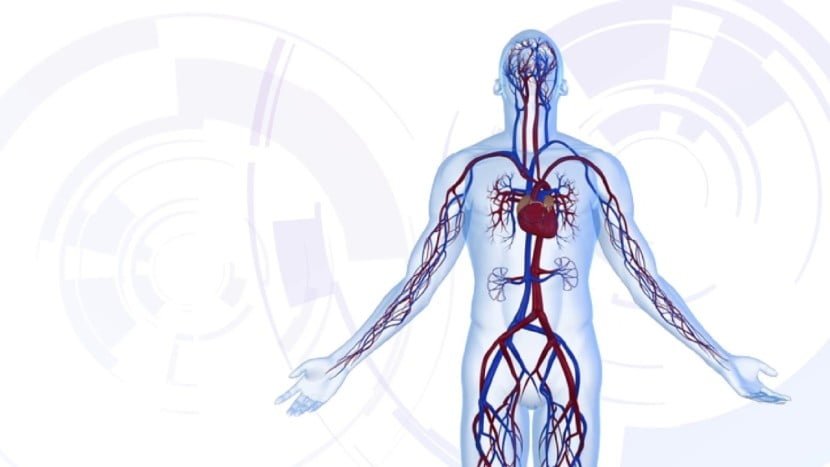
Understanding the TM-Flow System and How it Can Help You
The TM-Flow System is a comprehensive medical tool data system that we’re proud to make available now at https://thechurchillcenter.com/ This system assesses a number of vital signs. They include Galvanic Skin Response, blood pressure, SpO2 (Oxygen Saturation) percent, and, last but not least, heart rate. The TM-Flow system provides insight into both vascular dysfunction and autonomic neuropathy. It assesses both vascular and autonomic nervous system functions before you have any type of pathologies.
The TM-Flow test uses three distinct technologies. These technologies are TM-ABI, LD-Oxy and SweatC. Research indicates that the precision of the test’s markers is similar to that of the OGTT (Oral Glucose Tolerance Test), DNS (Diabetic Neuropathy Symptoms) scores and coronary angiography, among a handful of others.
Faster and Earlier Diagnosis with TM-Flow System
TM-Flow concentrates on fast detection. It concentrates on possible complications. It’s a system that’s suitable for individuals who have chronic metabolic conditions including diabetes. Examples are ankle brachial index, EWING (Cardiac Autonomic Reflex), photo-plethysmography assessment and sudomotor function tests. These diverse tests serve many different functions. They cover many bases in general. Ankle brachial index tests are measurements that rely on pneumo-plethysmography. Cardiac Autonomic Reflex tests feature postural adjustments and deep breathing exercises. Sudomotor function tests depend on sympathetic skin response.
Improved Technology Means Better Data and Less Time to Get It
There are numerous conveniences associated with this test. It’s simple to use, first and foremost. It’s not at all invasive. It doesn’t call for a significant time commitment at all, either. This test generally takes anywhere between seven and 10 minutes total. Its reports aren’t at all difficult to comprehend.
What the TM-flow can diagnose
- Pre-diabetes and Diabetes
- Insulin resistance
- Congestive Heart Failure (CHF)
- Hypertension
- Neuropathy
- Variable Heart Rate (VHR)
- Future Anxiety
- Future Depression
- Peripheral Artery Disease (PAD)
Autonomic assessment
-Sudomotor Function Markers.
-Heart rate variability Analysis (HRV).
-Cardiac Autonomic Reflex Tests:
– Valsalva Ratio,
- E/I Ratio ,
– K30/15 Ratio and
– Systolic and diastolic Pressure Response to Standing.
11. Vascular assessment
-Arterial stiffness
-Ankle Brachial Indices
-Volume plethysmography analysis.
-Endothelial Function
12. Lifestyle assessment
-BMI and Fat mass percent
-Vital signs
-HRV markers of exercise capacity.
13. TM Flow clinical validation
PTG Spectral Analysis Markers returned a high correlation with:
– The gold standard of Insulin resistance assessment.
– Vascular blood tests (CRP and fibrinogen).
PTG Spectral Analysis Markers returned a high sensitivity and specificity to detect the Coronary Heart Disease
The Cardiometabolic Score returned a high correlation with the Oral Glucose Tolerance Test (OGTT).
Sudomotor markers returned a high sensitivity and specificity to detect:
– Small fiber Neuropathy Symptoms and
– Microvascular disease (retinopathy).
Heart Rate Variability (HRV)
Heart rate variability is where the amount of time between your heartbeats fluctuates slightly. Even though these fluctuations are undetectable except with specialized devices, they can still indicate current or future health problems, including heart conditions and mental health issues like anxiety and depression.
How does heart rate variability work?
Your heart beats at a specific rate at all times. That rate changes depending on what you’re doing at the time. Slower heart rates happen when you’re resting or relaxed, and faster rates happen when you’re active, stressed or when you’re in danger. There is variability in your heart rate based on the needs of your body and your respiratory patterns. Certain medications and medical devices — such as pacemakers — can also affect your heart rate variability. Your heart rate variability also tends to decrease normally as you get older.
Whether you’re awake or asleep, calm or stressed, your heart has to be able to react to changes in your life and surroundings. But it doesn’t know when to react on its own, so it relies on another body system for help.
Parasympathetic vs sympathetic branches and heart rate variability
Your brain and nervous system support your heart. Your senses — sight, sound, smell, taste and touch — feed information to your brain about everything around you. Your brain has a direct line to your heart, telling your heart when it needs to speed up and work harder.
This direct line to your heart is your autonomic (pronounced “auto-nom-ick”) nervous system. This is a part of your brain and a set of nerves that operate without you thinking of them, even when you’re asleep. It’s divided into two main parts: your sympathetic nervous system and your parasympathetic nervous system.
In general, the sympathetic and parasympathetic nervous systems work like so:
- Sympathetic. This is where your “fight-or-flight” response comes from. It manages increases in heart rate and blood pressure in emergency situations.
- Parasympathetic. This helps balance out the sympathetic nervous system and controls the natural relaxation response, especially after you’ve been in fight-or-flight mode. It controls slowing your heart rate and blood pressure, among other things, especially when you’re taking it easy.
Why is heart rate variability a good thing.
Your body has many systems and features that let it adapt to where you are and what you’re doing. Your heart’s variability reflects how adaptable your body can be. If your heart rate is highly variable, this is usually evidence that your body can adapt to many kinds of changes. People with high heart rate variability are usually less stressed and happier.
In general, low heart rate variability is considered a sign of current or future health problems because it shows your body is less resilient and struggles to handle changing situations. It’s also more common in people who have higher resting heart rates. That’s because when your heart is beating faster, there’s less time between beats, reducing the opportunity for variability. This is often the case with conditions like diabetes, high blood pressure, heart arrhythmia, asthma, anxiety and depression.
Dr. Churchill Combines the superior technology of TM Flow with blood, hair and urine lab testing get to the route cause(s) of you heart, vascular, nervous system and or metabolic dysfunction and to prevent them with all natural noninvasive treatments and medicines, way before they start.!





